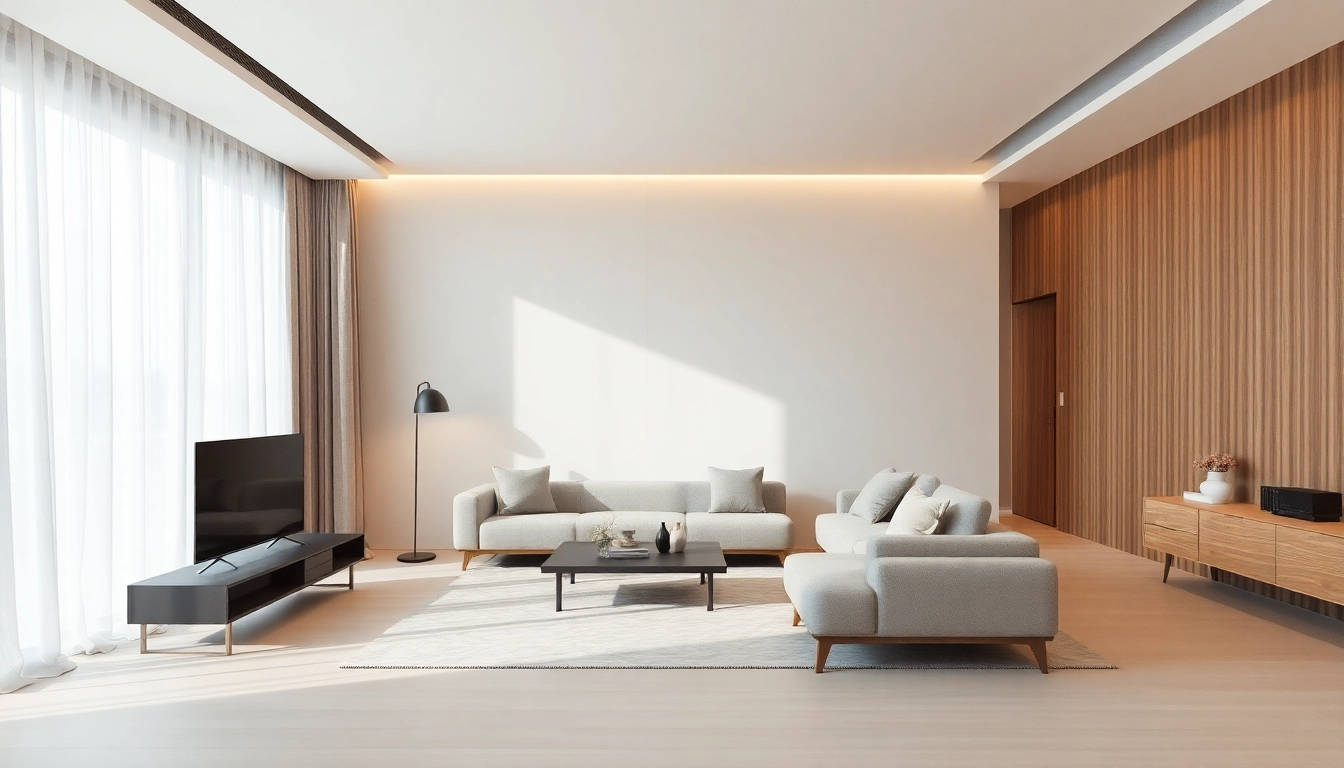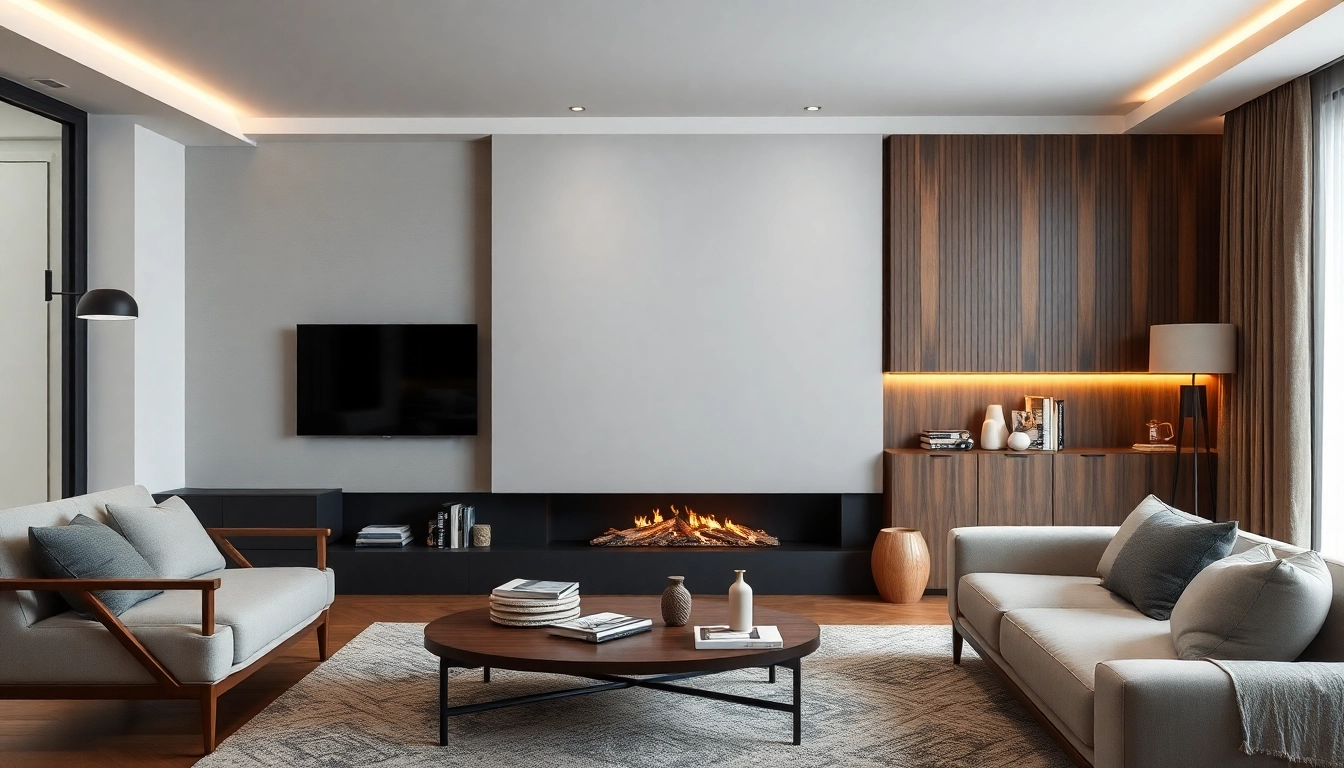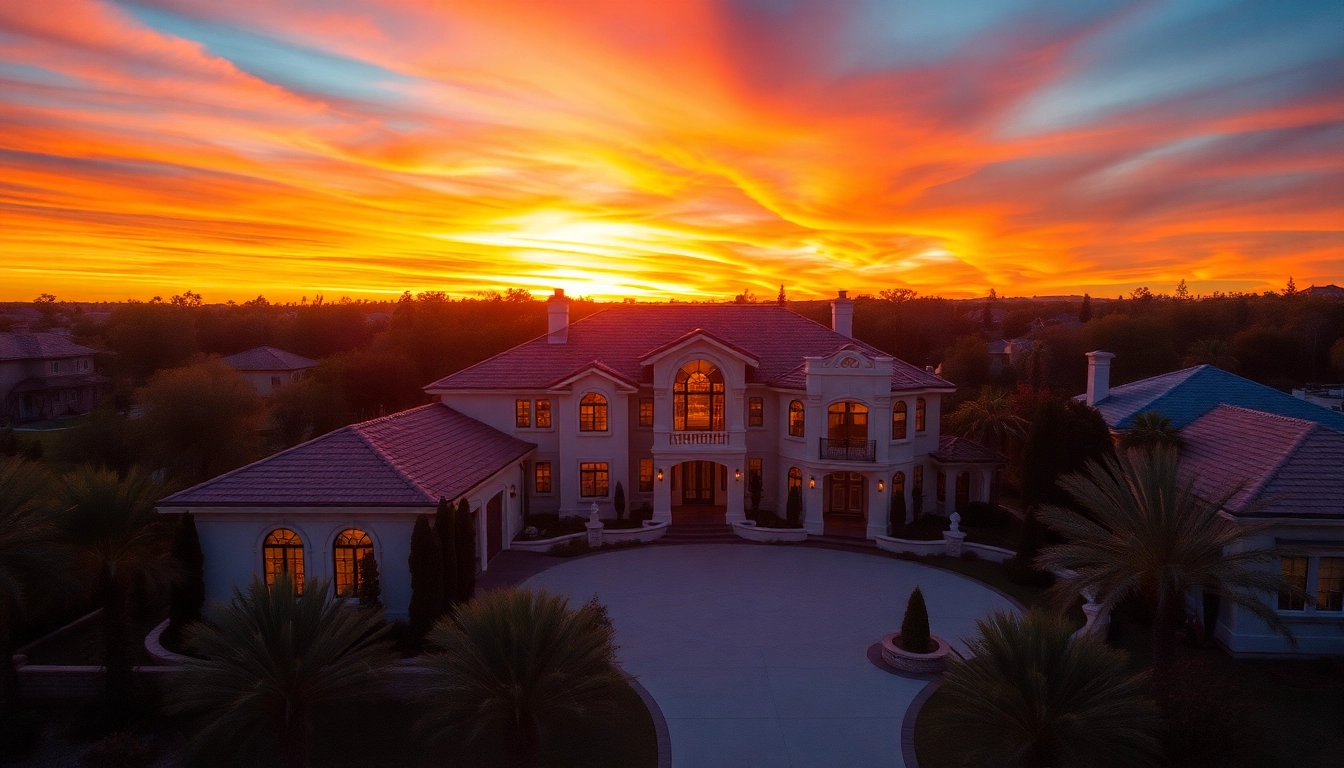Understanding Sliding Partition Walls
What is a Sliding Partition Wall?
A sliding partition wall is an innovative solution designed to divide spaces without permanent structural changes. Typically mounted on a track system, these walls can slide open or closed, allowing for flexibility in how rooms are utilized. They come in various styles and materials, making them suitable for both residential and commercial use. Unlike traditional walls, sliding partition walls can create either large open spaces or isolated, private areas depending on your needs.
Benefits of Installing Sliding Partition Walls
Sliding partition walls offer numerous benefits that enhance both functionality and aesthetics:
- Flexibility: Easily adjust the size of a space as needed.
- Cost-Effectiveness: Less expensive than permanent construction while providing similar functionality.
- Space Optimization: Ideal for small spaces, allowing more efficient use of square footage.
- Design Versatility: Available in a range of materials, colors, and styles, fitting any design theme.
- Easy to Install: Many sliding partition walls can be installed without professional help, making them a great DIY project.
Common Materials Used in Sliding Partition Walls
Sliding partition walls can be constructed from a variety of materials, each offering unique benefits. Common choices include:
- Wood: Provides warmth and a classic look, available in various finishes.
- Glass: Allows light to flow through while providing a sleek, modern appearance. Frosted options offer privacy.
- Fabric: Available in numerous patterns and colors, fabric panels can soften spaces and provide sound dampening.
- Metal: Ideal for industrial designs, metal panels can add a contemporary edge while ensuring durability.
Designing Your Space with Sliding Partition Walls
Choosing the Right Style for Your Needs
Selecting the appropriate style of sliding partition wall depends on the intended use and the overall aesthetic of your space. Here are a few considerations:
- Functionality: What purpose will the partition serve? Whether as a temporary divider for meetings or a more permanent solution for family spaces, define this first.
- Design Theme: Ensure the design complements existing decor. Choose materials and colors that resonate with the overall style of the room.
- Adjustability: Consider options that allow for easy reconfiguration of space.
Incorporating Color and Texture
The color and texture of your sliding partition wall allow you to anchor a design theme or make bold statements. Here are ways to use color and texture effectively:
- Color Coordination: Use colors that match or contrast with existing elements in the room for visual interest. Neutral colors can create a calming effect, while bright colors can energize a space.
- Texture Variation: Pair smooth glass with rustic wood to create a stunning visual contrast, enhancing the room’s texture and depth.
- Pattern Utilization: Use patterned fabric or sliding walls to introduce a dynamic element that can engage and intrigue guests.
Space Planning and Layout Considerations
Effective space planning is crucial in making the most out of sliding partition walls. Here are some strategies:
- Measure Carefully: Ensure that the selected partition fits well within the designated space without obstructing walkways or door openings.
- Accessibility: Design the layout so that moving between spaces remains seamless even when the partition is in use.
- Multifunctional Spaces: Create configurations that quickly adapt to different needs—consider using sliding walls to create a home office that can transform into a guest room.
DIY vs Professional Installation of Sliding Partition Walls
DIY Tips for Installing Your Sliding Partition Wall
Installing a sliding partition wall can be an achievable DIY project with the right tools and guidance. Here’s how to proceed:
- Gather Necessary Tools: Essential tools include a stud finder, level, drill, measuring tape, and, of course, the sliding wall system.
- Follow Manufacturer Instructions: Each sliding wall system comes with specific installation instructions that you should follow closely.
- Start with a Clean Surface: Ensure the area where the wall will be installed is clean and free from obstacles.
- Install Tracks First: Properly attach the ceiling and floor tracks before hoisting up the panels.
When to Hire a Professional
While many sliding partition walls can be installed by handy individuals, there are cases when hiring a professional is wise:
- Complexity: If your layout requires custom modifications or significant adjustments to existing structures.
- Time Constraints: When you need a quick installation but lack the time to do it yourself.
- Safety Concerns: If installation involves electrical considerations, always opt for a professional to avoid hazards.
Cost Considerations and Budgeting
Budgeting for sliding partition walls involves multiple factors that you need to consider:
- Material Costs: Different materials come at varying costs—wood and metal generally are more expensive than fabric.
- Installation Fees: Factor in whether you will DIY or hire a professional. Installation fees can vary widely based on complexity and location.
- Ongoing Maintenance: Consider long-term costs, including maintenance and potential repairs, which will vary based on usage and material.
Enhancing Comfort and Privacy with Sliding Partition Walls
Soundproofing Options and Features
One of the significant advantages of sliding partition walls is that they can be designed to enhance sound insulation. Here are some effective soundproofing options:
- Acoustic Panels: These can be fitted into sliding walls to minimize sound transmission between spaces.
- Materials: Dense materials like heavy glass or thick fabric can absorb sounds effectively.
- Seals and Gaskets: Utilizing seals at edges can help reduce sound leakage when the partition is closed.
Creating Private Spaces in Open Areas
Sliding partitions are ideal for creating privacy in open spaces, such as offices or homes:
- Privacy Screens: Use sliding panels to form temporary meeting spaces or break rooms in open office layouts.
- Personal Spaces: In homes, these walls can create cozy reading nooks or private areas for guests without closing off the entire room.
- Multi-Functional Areas: Use the flexibility of sliding walls to easily convert a single space for various functions throughout the day.
Case Studies: Successful Implementations
Successful installation examples of sliding partition walls highlight their versatility:
- Corporate Offices: Many companies have installed sliding walls to create flexible meeting spaces, allowing for quick transitions between formal meetings and collaborative workshops.
- Residential Homes: Homeowners have used sliding walls to define spaces in open-concept layouts, allowing for privacy when desired while maintaining spaciousness.
- Restaurants: Establishments often employ these partitions to separate dining areas for private events, easily transforming their space as needed.
Maintaining and Caring for Your Sliding Partition Walls
Routine Maintenance Tips
Taking care of sliding partition walls extends their longevity and keeps them looking new. Here are some routine maintenance tips:
- Regular Cleaning: Keep the tracks clean from debris to ensure smooth movement. Use a vacuum attachment to remove dust and dirt.
- Check Hardware: Periodically inspect hinges and rollers for signs of wear, and tighten or replace components as needed.
- Lubrication: Apply silicone spray to tracks occasionally to ensure smooth sliding.
Repairing Common Issues
Even with proper maintenance, issues may arise. Here’s how to address common problems:
- Sticking Panels: Clean tracks and lubricate them to restore smoothness. If panels are misaligned, adjust the mounting as needed.
- Damaged Panels: For minor scratches on wood, use a matching repair kit. Glass panels may need replacing if damaged.
- Loose Hardware: Tighten any loose screws or hinges to prevent further issues.
Long-term Benefits of Proper Care
Properly maintained sliding partition walls not only enhance the longevity of the installations but also provide ongoing benefits:
- Cost Efficiency: Reduced need for repairs or replacements saves costs in the long run.
- Aesthetic Appeal: Continued upkeep ensures that the wall remains an attractive addition to any space.
- Functional Consistency: Well-maintained walls operate smoothly, retaining their utility over time.



